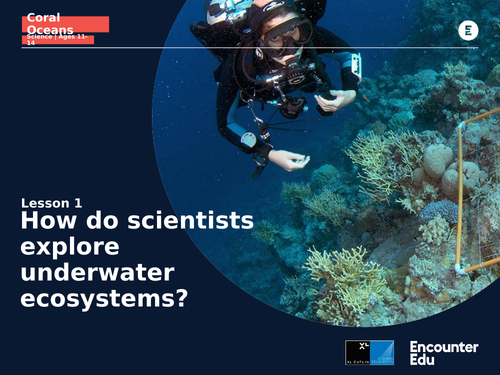




Throughout this lesson students explore underwater habitats and begin to understand the importance of the XL Catlin Seaview Survey.
Students consider why exploration of this kind can be challenging for humans and learn dive signs so they can communicate on their virtual dive.
During the virtual dive students use 360 virtual reality to explore this dynamic environment, identifying some of the species that live there. Students go on to classify these species and record the findings of their first dive.
This is a single lesson from the Coral Oceans Science KS3 unit. The lesson plans and accompanying activities are designed to introduce classes to what it is like to be an ocean explorer.
Each lesson is designed around a ‘dive’ to investigate a particular science topic. These include identification, classification, food webs and symbiosis, adaptation and human impacts on the environment.
The enquiry-based resources incorporate the scientists’ experiences and research, and enable students to explore marine life on the reef and the threats facing it.
Access the other lessons in this unit on EncounterEdu here: https://encounteredu.com/teachers/units/coral-oceans-science-11-14
Something went wrong, please try again later.
This resource hasn't been reviewed yet
To ensure quality for our reviews, only customers who have downloaded this resource can review it
Report this resourceto let us know if it violates our terms and conditions.
Our customer service team will review your report and will be in touch.
